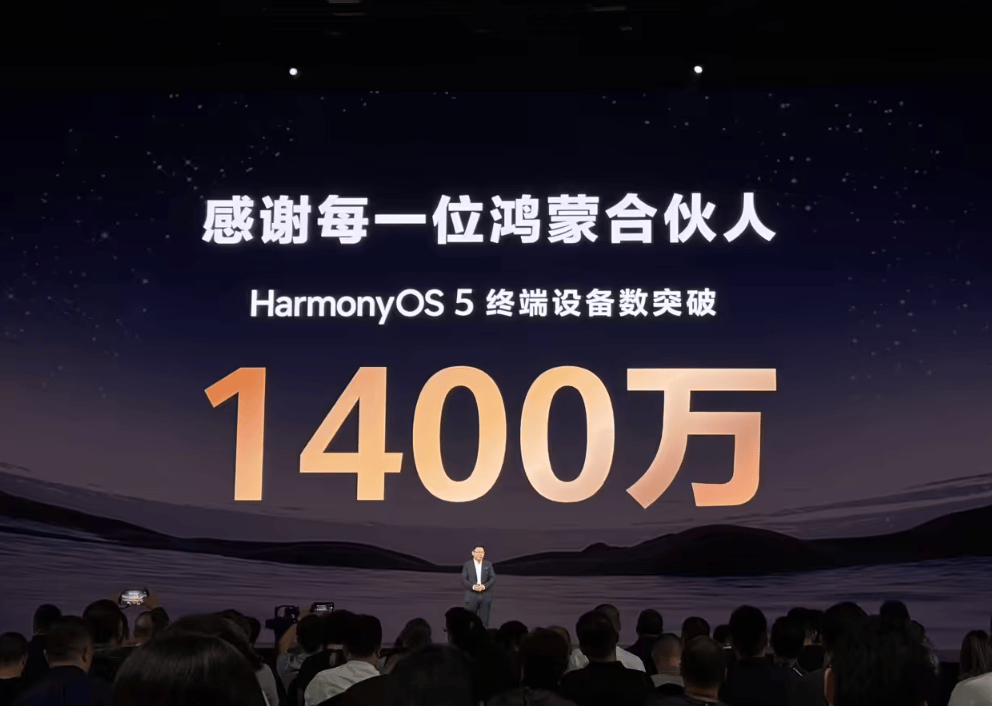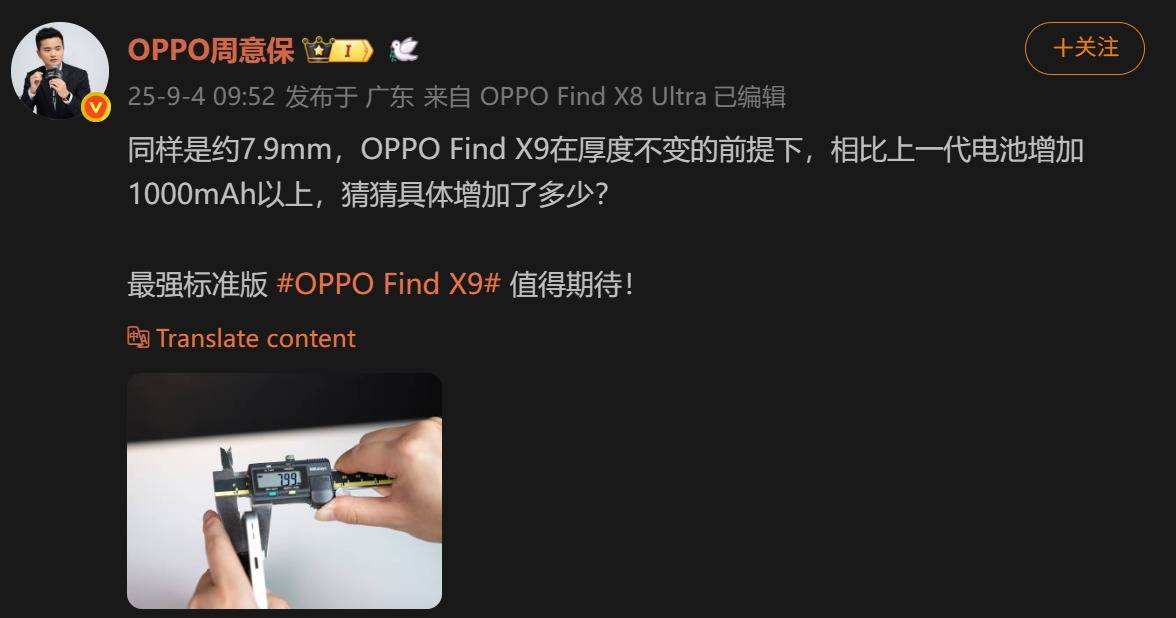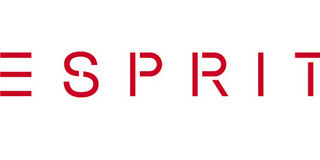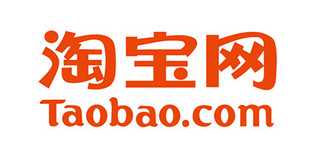L2 vs L1:dApp部署决策矩阵及优势劣势分析
Layer-1 vs. Layer-2: The Battle for dApp Economic Dominance
This article analyzes the advantages and disadvantages of Layer-2 (L2) compared to Layer-1 (L1) blockchains in terms of operational costs, speed, and Maximal Extractable Value (MEV), ultimately outlining a decision matrix for deploying decentralized applications (dApps) to either L1 or L2 in the current environment. By contrasting the strengths and weaknesses across different blockchain ecosystems, we highlight L2's unique advantage in maximizing dApp profitability, paving the way for a profit-driven business model in the crypto industry.
The Decision Matrix: L1 or L2 for dApp Deployment?
The following decision matrix, from a dApp perspective, analyzes the choice between deploying to L1 or L2, assuming both support similar application types (i.e., neither L1 nor L2 is customized for specific application types).
While L2s offer lower operational costs (paying only for a single sequencer versus the security costs of all validators on L1), faster speeds, and reduced MEV potential, they haven't fully realized these advantages. For example, Solana currently surpasses EVM-based L2s in performance and transaction costs. As Solana continues to improve throughput and implement MEV tax mechanisms, L2s need innovative approaches to maximize dApp revenue and minimize costs.
L2's Structural Advantage for Maximizing dApp Revenue
My current perspective is that L2s possess a structural advantage over L1s, enabling faster implementation of dApp revenue maximization strategies. A crucial aspect is how transaction fees and MEV are distributed.
Current MEV tax or fee-sharing models rely on "honest block proposers" – those adhering to prioritized ordering rules or sharing revenue with dApps. Alternatively, a portion of the base fee (similar to EIP-1559) could be allocated to interacting dApps, a mechanism seemingly adopted by Canto CSR and EVMOS. This enhances dApps' MEV bidding competitiveness.
In L2 ecosystems with a team-operated sequencer (a single block proposer), inherent "honesty" can be ensured through reputation mechanisms or Trusted Execution Environments (TEEs) to guarantee transparent block building algorithms. Two L2s already employ fee-sharing and prioritized block building, while Flashbots Builder could easily adapt to offer similar functionality for OP-Stack ecosystems.
In Solana Virtual Machine (SVM) ecosystems, infrastructure like Jito proportionally redistributes MEV revenue to dApps (e.g., calculated by Compute Units, as seen in Blast). This means L2s can enable these features faster than L1s, which are still researching Minimal Consensus Protocol (MCP) and built-in Auction-style Solutions (ASS). L2s can adjust dApp's MRMC (Revenue, Margin, MEV Competition) models more swiftly due to their reliance on trusted block producers or TEEs, eliminating the need for Obligatory Consensus Algorithm (OCA) proofs.
L1's Constraints: Validator Profitability
L2's advantages extend beyond development speed and fee redistribution. They face fewer structural limitations. L1s' survival depends on: (Total Validators x Validator Operational Cost + Staked Capital Demand x Capital Cost) < Total Ecosystem Value (Inflation + Total Network Fees + MEV Tips).
From a single validator's perspective: (Validator Operational Cost + Staked Capital Demand x Capital Cost) > Inflation Rewards + Transaction Fees + MEV Rewards.
This means reducing inflation or adjusting fee distribution in L1s is constrained by the need for validator profitability. High validator operational costs exacerbate this. For instance, Helius's SIMD228 article suggests that reducing inflation according to proposed emission curves could cause 3.4% of current validators to exit at a 70% staking rate (assuming REV volatility remains at 2024 levels). This highlights the ceiling on inflation reduction or fee redistribution in L1s due to validator profitability pressures.
Solana validators currently face high operational costs, limiting the "shareable profit margin," especially with decreasing inflation. If Solana validators rely on REV (MEV share of staking rewards) for profitability, the proportion allocatable to dApps is severely restricted. Higher validator operational costs necessitate a higher network take-rate.
Network-wide, the following must hold true: (Total Network Operational Cost, including capital cost) < Total Network REV + Emission.
Ethereum faces a similar, albeit less impactful, situation. ETH staking APR is currently between 2.9% and 3.6%, with about 20% from REV. This constraints Ethereum's ability to optimize dApp revenue.
L2's Inherent Advantage: Minimal Operational Costs
L2s have a natural advantage here. Their total network operational cost is merely the sequencer's operational cost; there's no capital cost due to the absence of staking requirements. Compared to L1s with numerous validators, L2s require a significantly lower profit margin for breakeven. This allows L2s to allocate more value to the dApp ecosystem, significantly boosting dApp profitability, maintaining the same profit margin.
L2 network costs are always lower than equivalent L1s because L2s only periodically "borrow" L1 security (occupying some L1 block space), while L1s bear the entire block space security cost.
The Next Battlefield: dApp Economic Models
By definition, L2s can't compete with L1s in liquidity, and user concentration on L1 hinders direct user-level competition (although Base is changing this). Few L2s have leveraged their unique advantage – the centralization of block production.
While L2s are often praised for mitigating malicious MEV and improving transaction throughput, the next battleground is dApp economic models. L2s offer Non-OCAproof Transaction Fee Mechanisms (Non-strongly composable TFMs), while L1s leverage Contract Self-Revenue (CSR) or MCP + MEV tax. This competition is beneficial for the crypto industry, maximizing dApp revenue and minimizing costs, incentivizing better dApp development, and shifting the industry's incentive structure from infrastructure token premiums to profit-driven long-term crypto businesses.
This, combined with clearer DeFi regulations, protocol-level token value capture, and institutional capital inflow, propels the crypto market into an era focused on actual business models. Just as the past few years saw investment in infrastructure, driving innovation in applied cryptography, performance engineering, and consensus mechanisms, inter-chain competition will revolutionize the industry's incentive structure, attracting top talent to the crypto application layer. This marks the true beginning of crypto's mass adoption.
热门优惠券
更多-

- ROTHSCROOSTER旗舰店满49减16
- 有效期至: 2025-01-25
- 立即领取
-

- 萨布森旗舰店满1299减800
- 有效期至: 2025-01-17
- 立即领取
-

- 哲高玩具旗舰店满69减33
- 有效期至: 2025-01-05
- 立即领取
-

- 戴·可·思官方旗舰店满196减27
- 有效期至: 2025-04-01
- 立即领取
-

- 佳婴旗舰店满30减3
- 有效期至: 2025-01-10
- 立即领取
-

- ROTHSCROOSTER旗舰店满19减8
- 有效期至: 2025-01-25
- 立即领取
-

- 荣业官方旗舰店满20减10
- 有效期至: 2025-01-04
- 立即领取
-

- 戴·可·思(Dexter)母婴京东自营旗舰店满48减10
- 有效期至: 2025-01-12
- 立即领取
-

- KOKOROCARE旗舰店满158减100
- 有效期至: 2025-03-28
- 立即领取
-

- RODEL官方旗舰店满59减30
- 有效期至: 2025-01-02
- 立即领取































